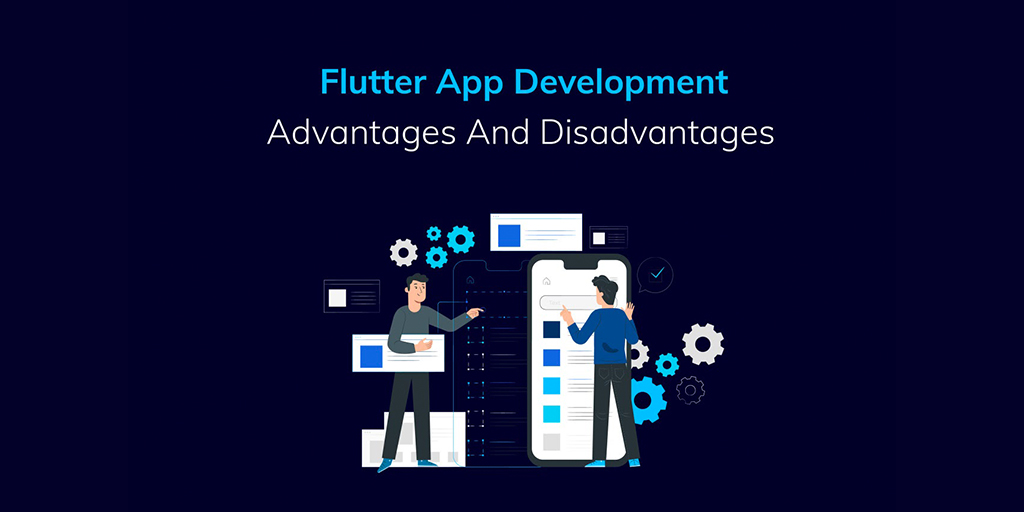
Flutter is an open-source UI software development kit created by Google in May 2017. Over 2 million developers have used Flutter in the last 2 years of its release and it’s constantly growing.
Since iOS and Android became the foremost platforms for mobile application development, creating cross-platform products has been appealing for both developers and app owners. As a result, different technologies have emerged to accommodate cross-platform mobile apps. One of the most recent additions to the mixture is Flutter.
Flutter has the advantages of native development and allows you to reuse most of the code among different platforms, which can reduce your budget costs considerably.

Why use Flutter?
Flutter is a great platform offered by Google that developers will find useful in building awesome cross platform applications with rich UI. One could easily pick up Flutter as a beginner. For those already into native android app development, Flutter proves more ease and fun in the development process.
Flutter consists of two important parts:
- An SDK (Software Development Kit): a set of tools that are getting to assist you develop your applications. This includes tools to compile your code into native machine language (code for iOS and Android).
- A Framework (UI Library supported widgets): a set of reusable UI elements (buttons, text inputs, sliders, then on) that you simply can personalize for your own needs.
Together, Dart and Flutter help you create amazing experiences across Android, iOS, and the web. Considering the importance of Flutter in both mobile and web development, it is a great choice, perhaps better than React Native. Flutter is all set of high standards, and undeniably sounds promising for the future.
From building layouts with Scaffold and Material App widgets. Here is layout playgrounds to let you build and print the code
Model View

Source Code View

The Advantages of Flutter
- High productivity in less time and money with a single body of code.
- Similar to Native App Performance
- Fast, simple and reduced code in development
- Flutter has a Hot reload feature, so developers can quickly see their changes on an emulator as well in Device.
- Same UI and Business Logic Compatibility in All Platforms due to this less time spent on testing
- Flutter and Dart both are open-source and free to use
- Expressive, Custom and Animated UI
- Good Documentation and video Tutorials for Beginners
The Disadvantages of Flutter
- Flutter App can be little bit slow and clunky compared to Native App
- Libraries & support – impressive, but still not so rich as for the native development
- The apps created using flutter have above average size compared to Native Application
- Weak iOS features support
- Large File Sizes
- Flutter for mobile application are well developed, but web support for flutter is still lag due to its newness
Conclusion:
As per our opinion, Flutter has many more advantages for business and development teams than it’s some limitations. It’s a great chance to build beautiful, high-performance, and outstanding mobile apps according to your custom needs and requirements. It’s worth considering Flutter and Dart for your next Project, especially if you want mobile applications both for iOS and Android.

Comments are closed.